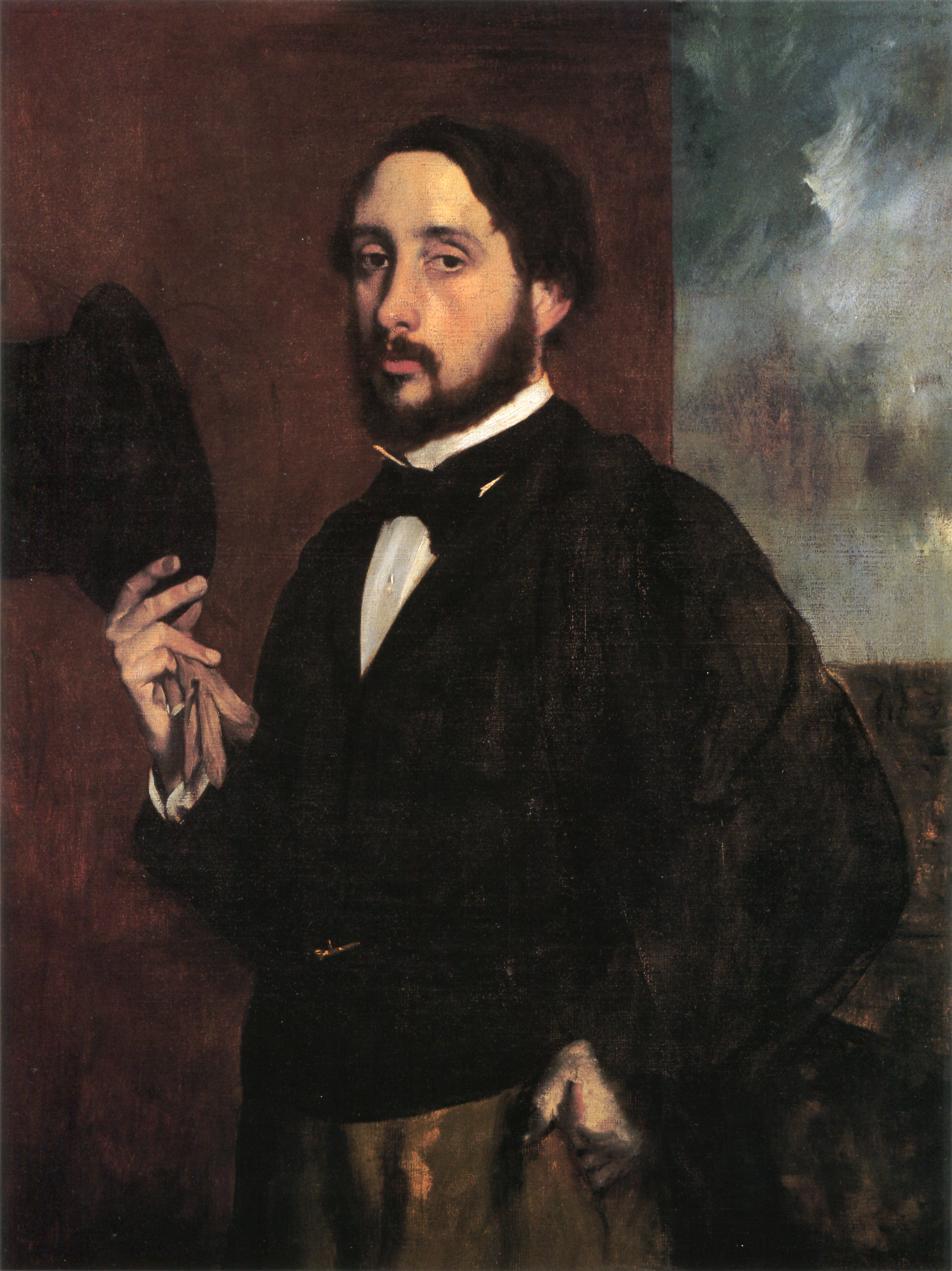Around 1880 Degas's grays gave way to brilliant colours ranging from red to russet, and his muted tones were replaced by warm ones. This came with a change in style and technique, in which pastels became his dominant medium. Degas was the only nineteenth-century painter who made pastels his primary medium. He saw that pastels struck a balance between painting and drawing, enabling him to paint while drawing. Furthermore, he expanded the possibilities offered by pastels by combining them with gouache, watercolour, oils mixed freely with turpentine, and even monotypes. Degas's later paintings of dancers remove the figures completely from the realist atmosphere of the stage. The luminous tracery of colours now reigns supreme. The dancers become the essence of rhythmic movement, pure emanations of colour. Degas's was inspirate to create by his passion for the Parisian life with its theatres, dancehalls, circuses and, perhaps, his favourite subjects of all, the racetrack and ballet. It is estimated Degas made approximately 1500 paintings, pastels, prints and drawings of dancers.




Blue Dancers
pastel on paper • 65 x 65 cm
 Edgar Degas
Edgar Degas